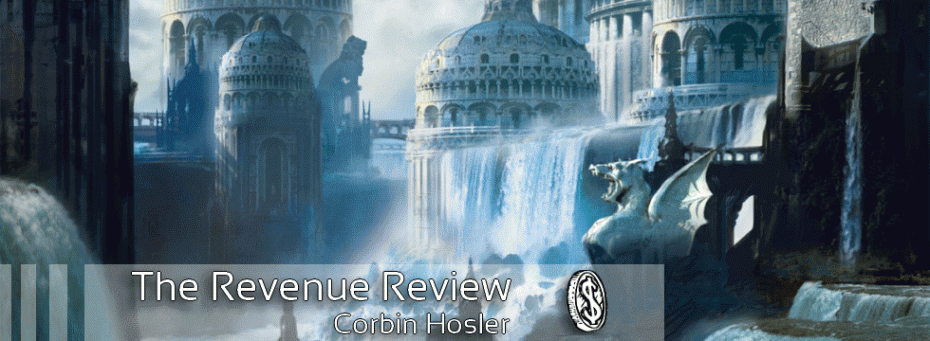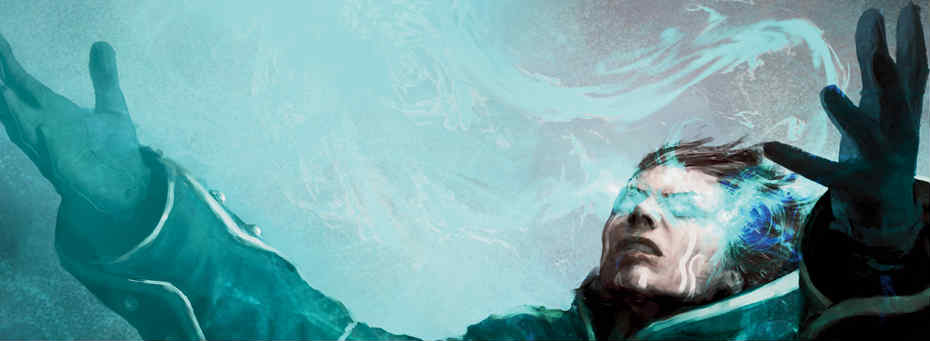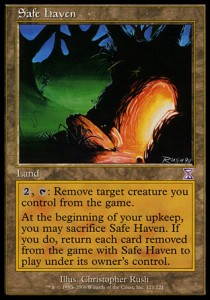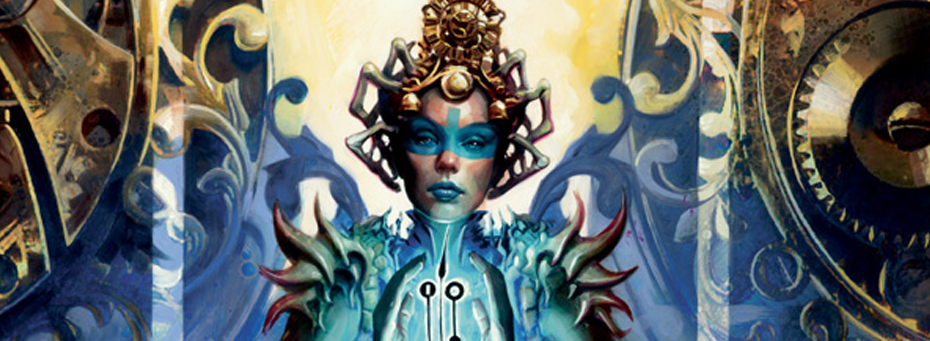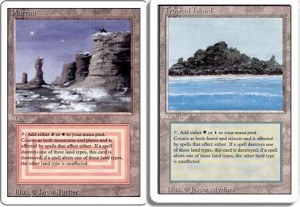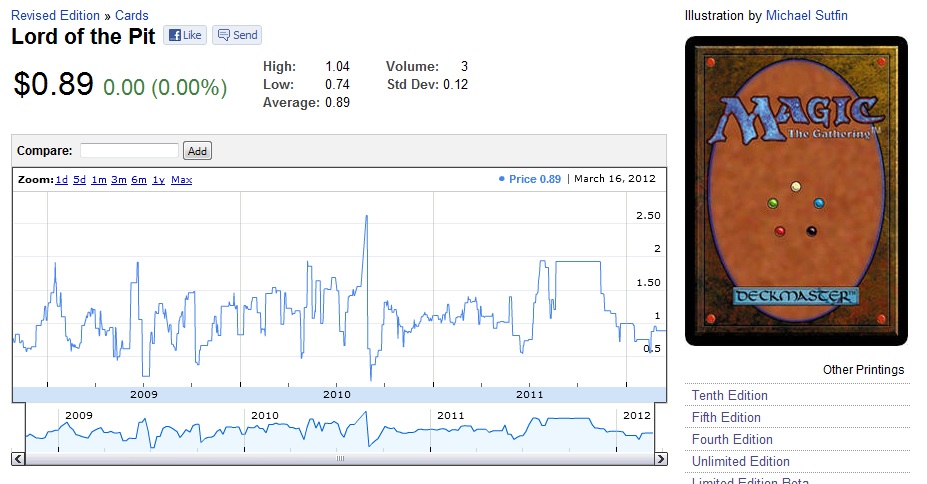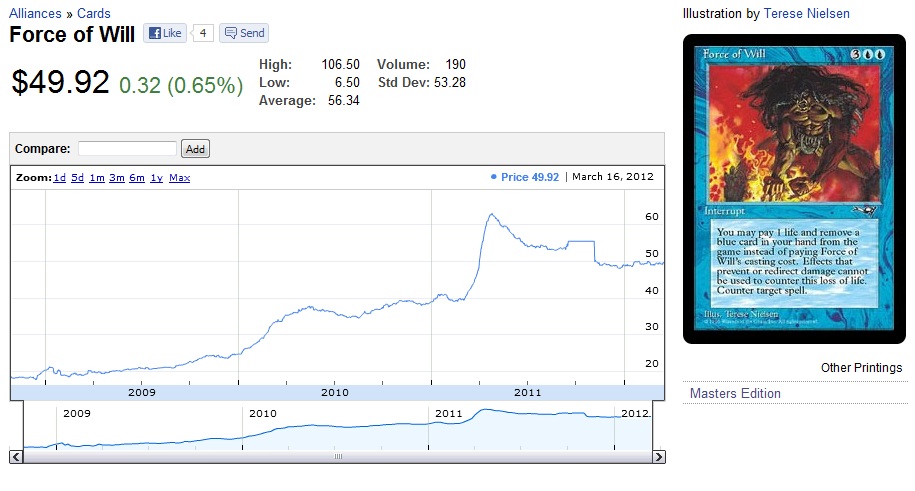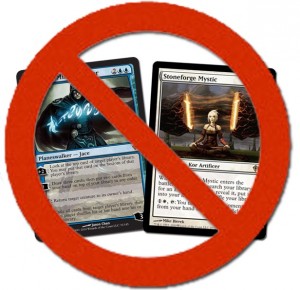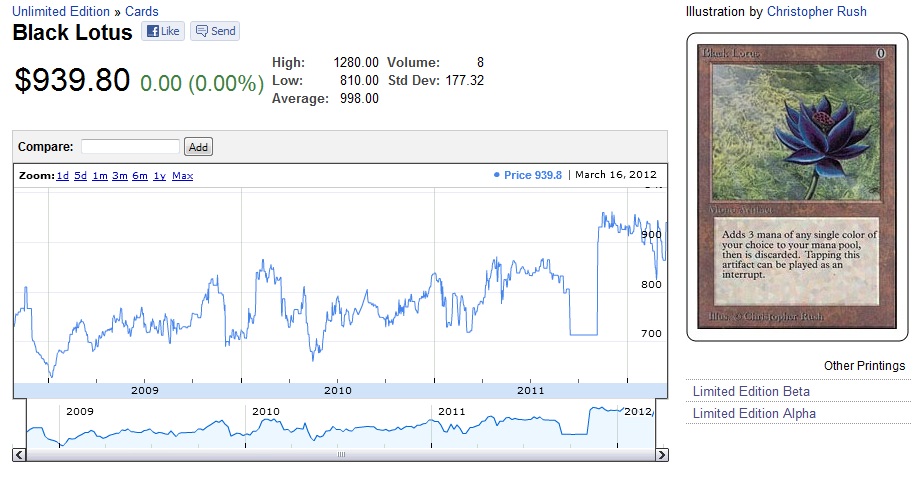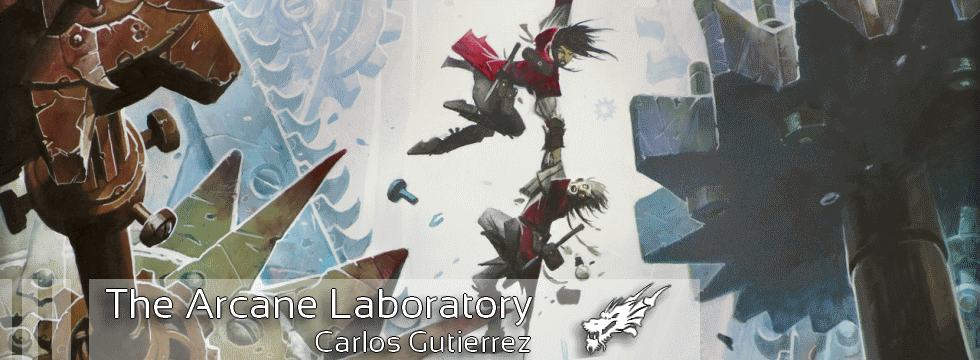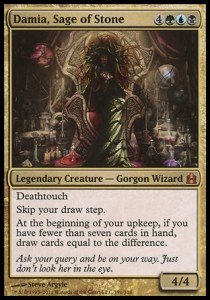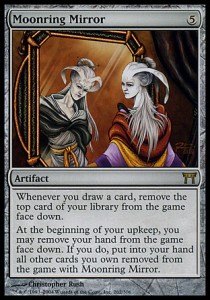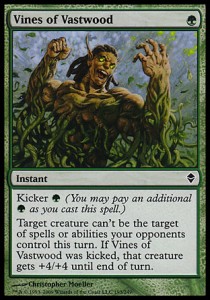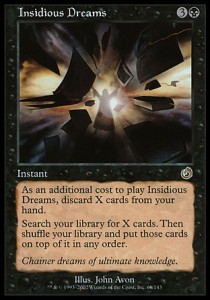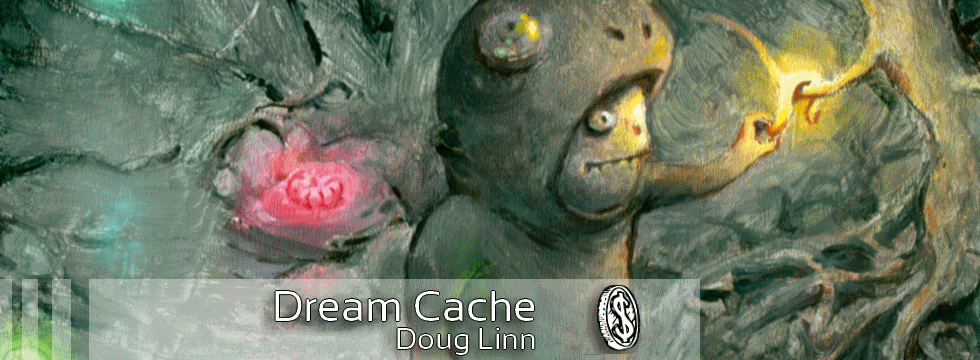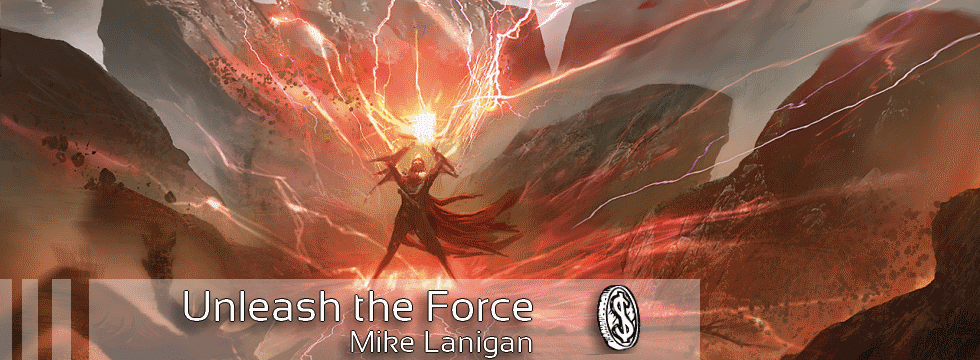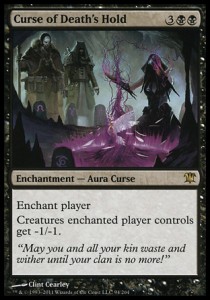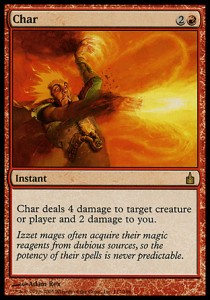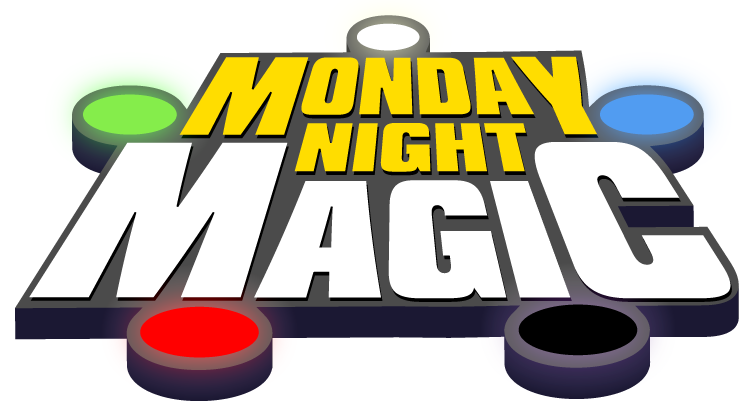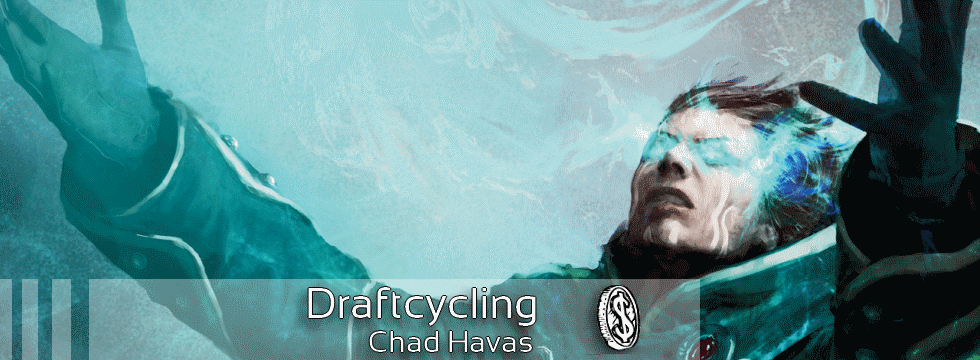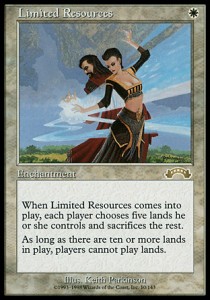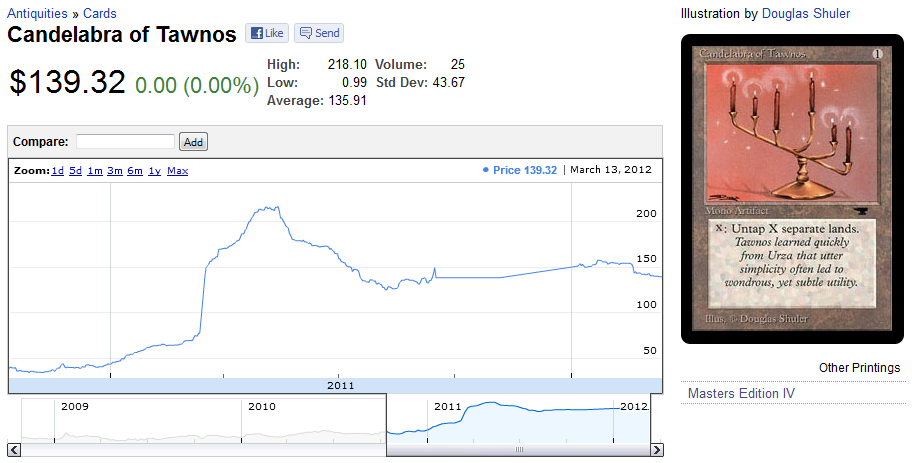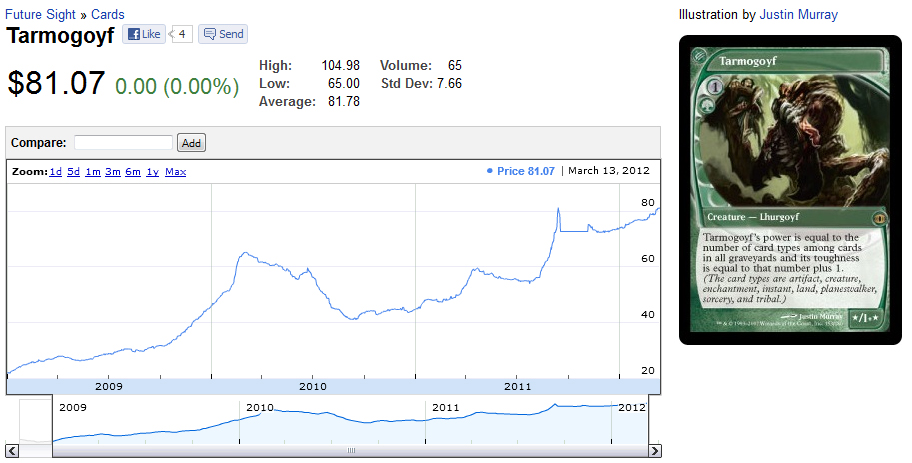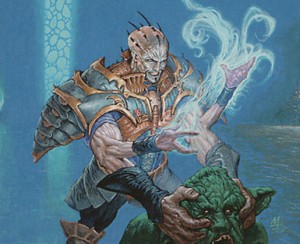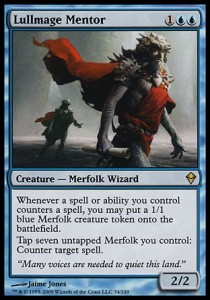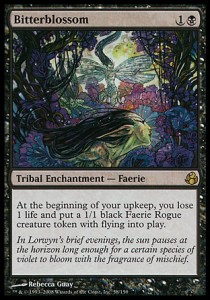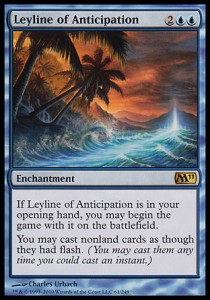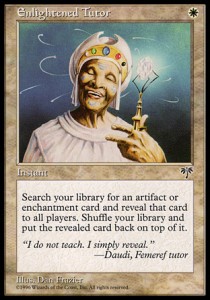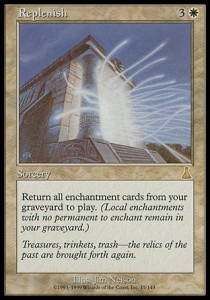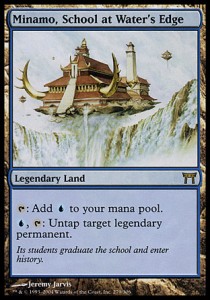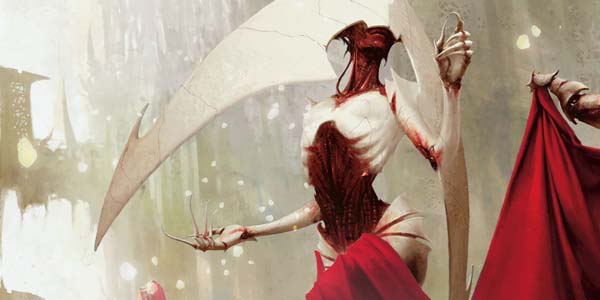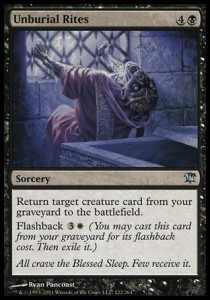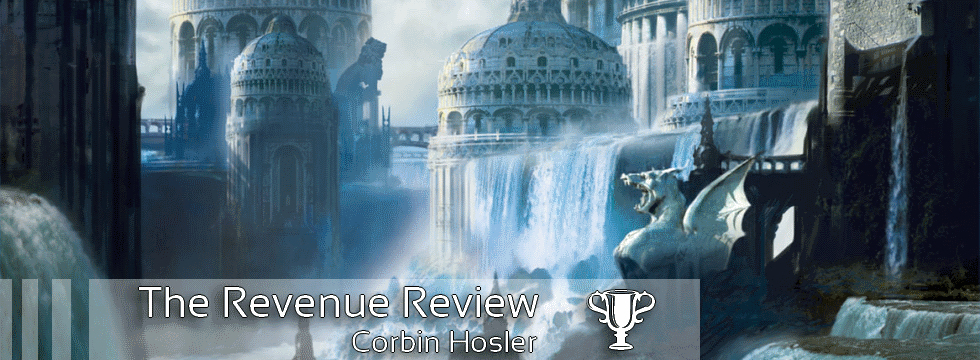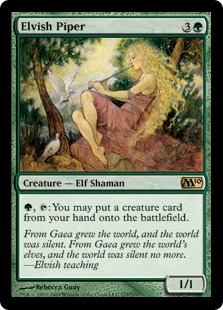Are you a Quiet Speculation member?
If not, now is a perfect time to join up! Our powerful tools, breaking-news analysis, and exclusive Discord channel will make sure you stay up to date and ahead of the curve.
[Corbin wrote this article last week while traveling to Grand Prix Nashville. He was unable to find a reliable connection in his travels, so here is his Insider article from 3-16-2012.]
I’m in the middle of a big two-week stretch for me where I hit up SCG Dallas last weekend and am traveling to Nashville for the Grand Prix there this weekend. I want to talk about a few things I noticed on the trade floor last weekend and my plan for this weekend, but first I need to announce something pretty cool.
The first-ever Financial Podcast is now live!
Calling it Brainstorm Brewery, it’s Ryan Bushard (@CryppleCommand) and myself (@Chosler88) talking about MTG financials while Marcel tries to keep us from going on too long about prices and such. Why the Brewery, though? Because we’re also talking rogue deckbuilding. All three of us like to brew, and I only brew when I know my deck is competitive.
You can find all that, and more, on our first episode here. Our second episode should also be up very soon, so keep an eye out for it.
Please provide feedback to us in whatever medium you want, whether that’s on here or on Twitter (@Chosler88). We want to turn this cast into what you guys want it to be, so don’t hold back.
With that in mind, let’s get into a few other things I want to talk about this week. For starters, the pitfalls of selling, also known as “the power of a good buy list.”
Finding the right list
It makes me really sad when I attend a SCG Open weekend and see players lined up to sell their collection there. This is not a knock on Star City directly, but it’s a well-known fact that they have some of the lowest buylist prices around on the majority of the cards you have in your collection (though I’ll duly note their Legacy buy prices are typically better).
Of course, cash is king, and that’s why people sell to them. But they are leaving, in many cases, hundreds or even thousands of dollars on the table by selling out like that.
A good trader has a number of outlets for selling. When I’m at a big event with multiple dealers, I shop around to find out where I can get the best prices on individual cards, and then split up where I’m selling to maximize profit. I’m sure you would do the same, since it seems so obvious. Why, then, do people not do this when it actually comes time to sell?
My best guess is that many people are either unfamiliar or uncomfortable with the process. Selling your cards is the time you should be looking forward to, not dreading, because it’s when your hard work at the trade tables turns into actual pay-the-rent money instead of theoretical dollars sitting in a binder.
Not that there’s necessarily anything wrong with that, provided you have a real reason for making theoretical dollars instead of real ones. For instance, since I won’t sell to Star City Games at an Open weekend, I used my time in Dallas to simply stock up in preparation of selling the next week at Grand Prix Nashville.
Remember, there are a ton of dealers out there and they all have different needs. Don’t think that just because you have a growing collection means you have to be in a rush to sell, especially if you’re sitting on more stable cards such as casual hits like Mind Funeral or something that’s steady due to older formats, like Stoneforge Mystic. It may be worth it to move your Runechanters Pikes as soon as you can to make a profit, since sitting on the Standard flavor of the week is dangerous, but for the other cards make sure you get the right deal.
In no particular order, here are some other tips that I wish I had known when I started to learn the process of cashing out your cards.
Shop around
I’ll admit that my very first sell ever came to Star City Games over the internet, simply because I didn’t know any better. I imagine I’m not the only one who’s been in that position. Treat your Internet selling like you would if you were at Grand Prix and find the lists you like.
As I said, buy prices fluctuate like crazy between different stores, but Card Kingdom, Strike Zone Online, and AdventuresOn all typically offer very good buy prices, and Don’s Magic and Sundry offers a blanket buy policy based on percentages, which can be helpful. You encounter different standards from each of these stores on things such as condition, so make sure to consult the Reseller Reviews in our forums, but these four stores are all a good place to start.
Keep it local
You don’t have to take to the Internet to sell. Make friends with the dealer at your local game store. I’ve called a couple different shops home now, and there have been advantages and disadvantages to each.
For instance, the shop where I used to live didn’t really have a thriving singles business, but the owner let me sell cards for cash on site. This meant I could get better than buy prices whenever I made a sell, but it also raised the probably of not being able to move cards whenever I wanted to. At the store I go to now, the owner and I have a very good partnership where he cuts me pretty decent prices and I keep cards moving to him that he needs.
Develop and foster these relationships as best you can, because a lot of the time you can save yourself the trouble of dealing with a store across the country (and save a trip to the post office).
Don’t be scared to negotiate
I’ll let you in on a secret: the price a dealer quotes you when you sit down across from them is not set in stone. They’re going to make a profit when they resell your cards, whether that’s at a 30 percent margin or a 40 percent margin, and you’d be surprised how willing many dealers are to work with you, particularly if you understand what both parties need from each other.
Dealers and floor traders have a symbiotic relationship wherein both parties need the other. Dealers need stock to sell to customers, and traders need an outlet for their cards.
I’m not saying to nickel and dime them on every card, but if you know they’ve got Gravecrawlers in the case at $10 and they’re only offering you $5, don’t be scared to ask for a dollar more on each, because that’s still a perfectly acceptable margin for them. This won’t work every time, but it will definitely make an impact on your bottom line if you can keep it easygoing and friendly with dealers when you’re selling.
Use the power of the buylist
If one dealer is offering you $5 on Green Sun's Zenith but another is offering you $4, it’s pretty easy to know what to do. But what if you’re selling online and the second dealer only has a better price on one card, in this case the Zenith? If you’re not careful, you can eat up the extra money you’re getting by spreading yourself too thin and incurring more expenses.
Knowledge is truly power, as they say, and you can use this to your advantage. Establish a line of communication with the dealer and let them know that you need a certain price on this card. More often than not, if you’re giving them real numbers, they’ll match the price because, like I said above, they need you just as much as you need them.
This works even better if you have a local outlet to move cards and can use the power of a good online buylist to get the same prices at home. You save the hassle and expense of shipping and get to help out and establish a good working relationship with your friendly local shop owner.
That’s all the space I have, but I feel like I’m just getting started. I plan on recounting how Grand Prix Nashville next time, but I’ll definitely revisit the topic of working with dealers in the future. Let us know in the comments or Twitter or wherever else if you guys have any other helpful tips!
Thanks for reading,
Corbin Hosler
@Chosler88 on Twitter


